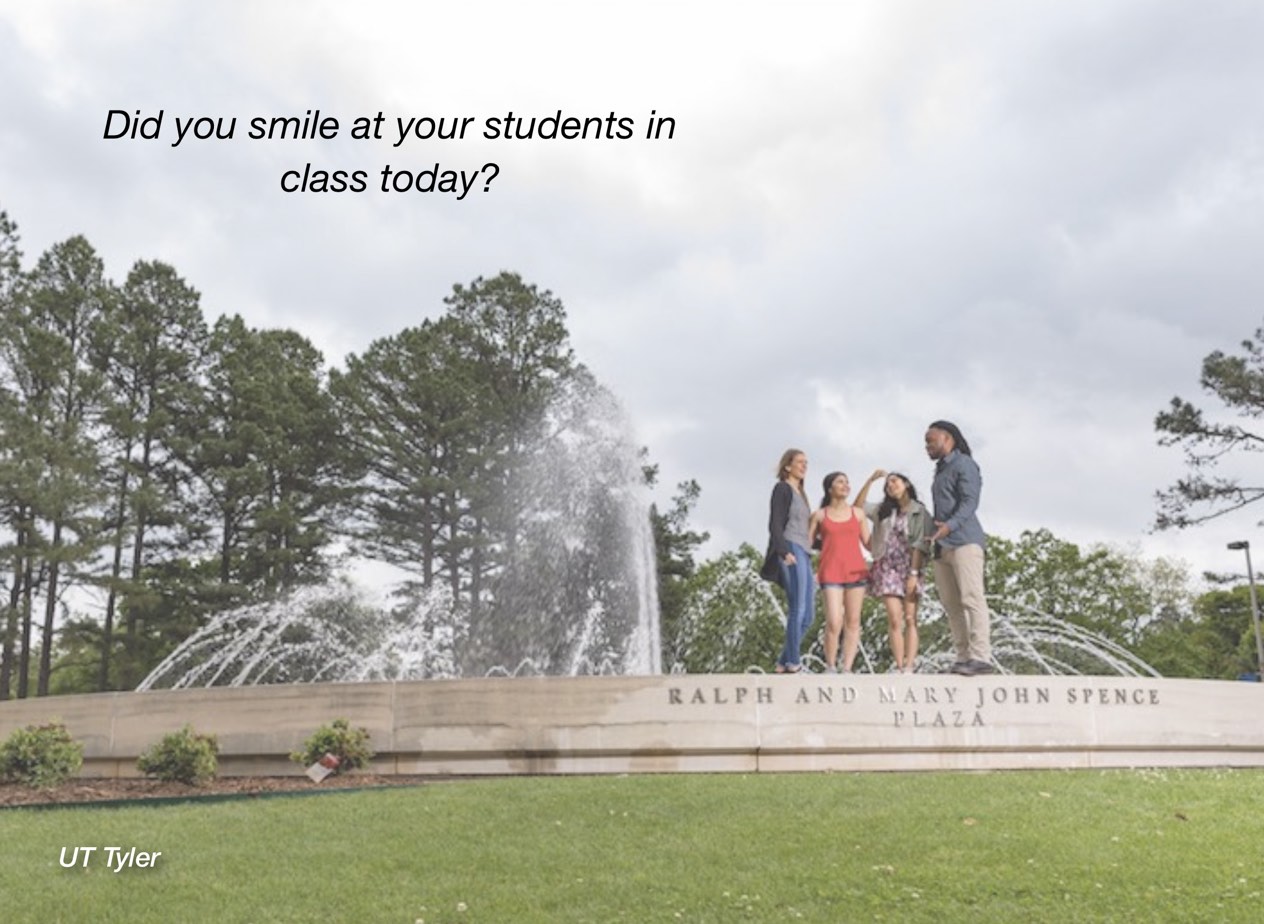31 Containing the Classroom Hijacker


David Silva
Every once in a while, I get a student who believes that I serve as his private tutor performing before a live audience. Such a student commonly assumes full responsibility for answering whatever question I pose to the class. Oblivious to those around him, this “hijacker” thrives on the opportunity to (over-)share to a captive audience. Allowed to persist, a successful hijacker can undermine the relationships crucial to effective learning – with each public pronouncement, he simultaneously feeds his ego, alienates his classmates, and frustrates his teacher. What to do?
I use the “Listen, Write, and Read” method, as explained in the following list.
1. Announce. “Everybody take out paper and a pen,” you can tell your students. (This might be a shock to those taking notes on a laptop, but the act of putting pen to paper is a valuable experience for twenty-first-century students, especially if you administer in-class exams in this nineteenth-century method.)
2. Explain. Say, “I’m going to ask you all a question. Take a minute to think about it and write down your thoughts.”
3. Ask. Pose the question.
4. Monitor. For the next minute, traverse the room, ensuring that people are actually writing stuff down. If you find that students aren’t writing, encourage them. (The first few times you do this exercise, you’ll have to convince your students that you really do expect them to think and write.)
5. Invite. Once the listening and writing are done, identify a student and ask, “Please read what you’ve written.” It’s important that you are explicit in this request (“read what you’ve written”) so that the student doesn’t speak extemporaneously, which is precisely what you’re avoiding right then and there.
6. Repeat. Once the first student has read what he or she has written, ask a second to do the same, then a third. Keep the request focused on “reading what you’ve written.”
7. Expand. At some point, you might open the discussion by asking who’s written something different from what you’ve all heard. When a student does raise a hand, honor the procedure by saying, “Great! So what did you write?”
Using Listen, Write, and Read, you can manage a hijacker by enforcing rules that apply to everybody. If, for example, the hijacker interrupts, simply tell him, “Hold on a second; it’s so-and-so’s turn.” When it comes time to acknowledge the hijacker, invite him to read what he’s written. When he begins to speak “off book,” enforce the central rule to “read what you’ve written.”
This method has proven extremely useful. First and foremost, it puts you back in control. Second, it signals to the class that you value universal participation. Third, it allows you to acknowledge the hijacker, but with boundaries. Fourth, it provides opportunities for shy or insecure students to contribute to the discussion with the safety net of a “script.” (This point is especially relevant for limited-English students whose linguistic and cultural competencies may inhibit participation.) Finally, this practice reinforces a key principle of learning that writing helps thinking and thinking helps writing.
The third or fourth time you implement this practice in your classroom, you’ll notice new behaviors emerging. I’ve been particularly struck by how my students perk up when I say, “Take out something to write with.” They know what to expect: to listen, to write, to read – and to be part of the discussion.


Chapter 31 Commentary: Robert Prentice
“If you’ve taught at all, you’re probably run into a classroom hijacker. David Silva’s essay spells out a wonderful solution to this frequent problem – the “Listen, Write, and Read” method. This approach precludes the hijacker from dominating the proceedings and has the additional advantage of requiring the other students in the class to become actively involved in the classroom experience.
However, the “Listen, Write, and Read” method may require you to alter the classroom approach you had contemplated. A simpler solution that has often worked for me is to take the offender aside after class and politely inform him (or her) that he is violating social norms and likely alienating his fellow students. I assure the student that I know that it is not his intention to come across as a jerk, and tell him that he can easily solve the problem by staying within guidelines for conduct that I quickly lay out for him to ensure that he does not disrupt (unduly) or dominate.
Most students do not want to be jerks. They have heard of companies that have “no jerk” rules, so they understand the stakes. But if this conversation doesn’t work, I strongly recommend “Listen, Write, and Read."”

